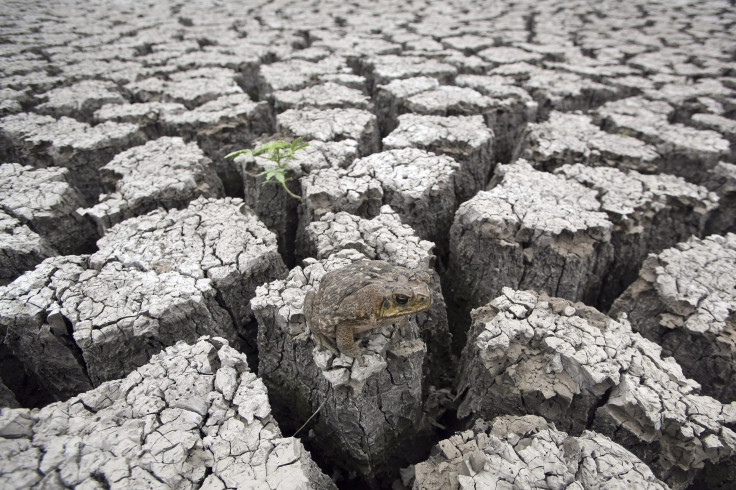Ancient El Niño System Could Return As Earth Gets Hotter

KEY POINTS
- Increasing temperatures could trigger an El Niño system in the Indian Ocean
- The new weather system would match the El Niño from the last Ice Age
- Severe weather patterns would affect regions around the Indian Ocean
An ancient form of the weather system El Niño is in danger of returning due to climate change and increasing global temperatures. According to researchers, this could cause severe weather patterns in regions within the Indian Ocean.
El Niño is a weather system associated with warm waters in the Pacific Ocean. It often triggers extreme weather conditions in various areas such as droughts in Australia and heavy rains in South America.
After going through climate patterns caused by the increasing global temperatures, a group of researchers discovered that El Niño could significantly worsen within the next couple of decades. Their findings were presented in a new study published in Science Advances.
According to the researchers, increasing temperatures could create weather patterns that might trigger the Indian Ocean to form its own El Niño system. Through computer models, the researchers learned that the new weather system that would be formed in the Indian Ocean could be similar to the one that affected the region during the last ice age 21,000 years ago.
“Our research shows that raising or lowering the average global temperature just a few degrees triggers the Indian Ocean to operate exactly the same as the other tropical oceans, with less uniform surface temperatures across the equator, more variable climate, and with its own El Niño,” climate scientist Pedro DiNezio of the University of Texas said in a statement.
According to the researchers, this ancient form of El Niño could cause severe weather patterns in the continents bordering the Indian Ocean, such as Asia, Australia, Africa and Antarctica. Depending on the season, these areas could experience a spike in the rate of droughts, storms and flooding.
Based on the computer models analyzed by the researchers, which keep track of how meteorological conditions in the Indian Ocean are affected by global warming, the ancient El Niño could begin to form as early as 2050.
DiNezio noted that the return of the severe weather system depends on the planet’s current greenhouse gas emissions.
“The re-emergence will depend strongly on the rate of global warming, so ultimately on whether greenhouse gas emissions are abated or not,” he told Earther. “We are certain that the risks of these extreme events is becoming larger and larger as we pump more CO2 into the atmosphere, and certainly going to have an unequal impact on countries in the tropics.”
© Copyright IBTimes 2025. All rights reserved.





















